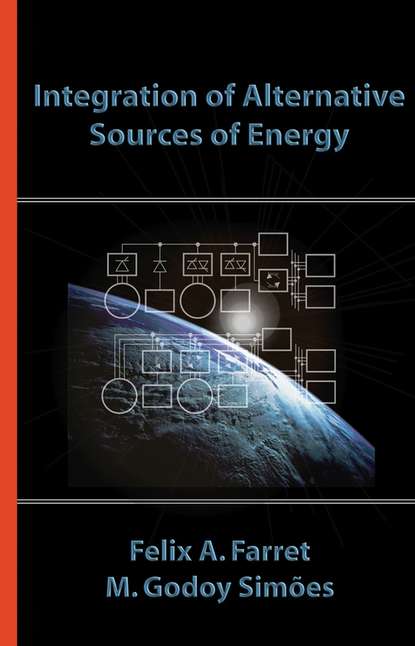- бизнес-книги
- детские книги
- дом, дача
- зарубежная литература
-
знания и навыки
- изучение языков
- компьютерная литература
- научно-популярная литература
- словари, справочники
-
учебная и научная литература
- безопасность жизнедеятельности
- военное дело
- гуманитарные и общественные науки
- естественные науки
- задачники
- монографии
- научные труды
- практикумы
- прочая образовательная литература
- сельское и лесное хозяйство
-
технические науки
- высокие технологии
- горное дело
- информатика и вычислительная техника
- конструкции
- легкая промышленность
- материаловедение
- машиностроение
- нормативная документация
- общетехнические дисциплины
- основы производства
- пищевая промышленность
- приборостроение
- проектирование
- промышленность
- радиоэлектроника
- строительство
- техническая литература
- технологии металлов
- транспорт
- химическая технология
- эксплуатация промышленного оборудования
- энергетика
- учебники и пособия для вузов
- учебники и пособия для ссузов
- учебно-методические пособия
- история
- комиксы и манга
- легкое чтение
- психология, мотивация
- публицистика и периодические издания
- родителям
- серьезное чтение
- спорт, здоровье, красота
- хобби, досуг
Felix Farret A. — Integration of Alternative Sources of Energy
Купить и скачать за 21569.58 ₽

Понравилась книга? Поделись в соцсетях:
Автор: Felix Farret A.
Издатель: John Wiley & Sons Limited
ISBN: 9780471755616
Описание: A unique electrical engineering approach to alternative sources of energy Unlike other books that deal with alternative sources of energy from a mechanical point of view, Integration of Alternative Sources of Energy takes an electrical engineering perspective. Moreover, the authors examine the full spectrum of alternative and renewable energy with the goal of developing viable methods of integrating energy sources and storage efficiently. Readers become thoroughly conversant with the principles, possibilities, and limits of alternative and renewable energy. The book begins with a general introduction and then reviews principles of thermodynamics. Next, the authors explore both common and up-and-coming alternative energy sources, including hydro, wind, solar, photovoltaic, thermosolar, fuel cells, and biomass. Following that are discussions of microturbines and induction generators, as well as a special chapter dedicated to energy storage systems. After setting forth the fundamentals, the authors focus on how to integrate the various energy sources for electrical power production. Discussions related to system operation, maintenance, and management, as well as standards for interconnection, are also set forth. Throughout the book, diagrams are provided to demonstrate the electrical operation of all the systems that are presented. In addition, extensive use of examples helps readers better grasp how integration of alternative energy sources can be accomplished. The final chapter gives readers the opportunity to learn about the HOMER Micropower Optimization Model. This computer model, developed by the National Renewable Energy Laboratory (NREL), assists in the design of micropower systems and facilitates comparisons of power generation techniques. Readers can download the software from the NREL Web site. This book is a must-read for engineers, consultants, regulators, and environmentalists involved in energy production and delivery, helping them evaluate alternative energy sources and integrate them into an efficient energy delivery system. It is also a superior textbook for upper-level undergraduates and graduate students.